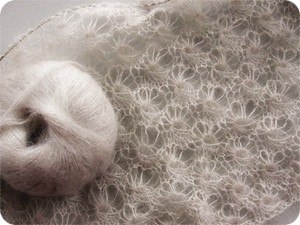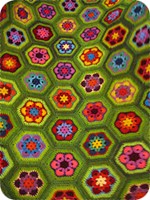 What a lovely day.
The postman brought me the April issue of UK knitting magazine Let's Knit in which I appear. Elaine from the editorial team contacted me back in January and after my busy few months I had actually forgotten I was going to be featured. A nice surprise. I spent an hour in bed looking through the magazine. I particularly liked the editorial on how to tie knitting into the key fashion trends of the season. Sometimes I think knitting likes to live in its own little fashion-bubble so it was nice to see how knitters can relate to, ahem, the normal world.
What a lovely day.
The postman brought me the April issue of UK knitting magazine Let's Knit in which I appear. Elaine from the editorial team contacted me back in January and after my busy few months I had actually forgotten I was going to be featured. A nice surprise. I spent an hour in bed looking through the magazine. I particularly liked the editorial on how to tie knitting into the key fashion trends of the season. Sometimes I think knitting likes to live in its own little fashion-bubble so it was nice to see how knitters can relate to, ahem, the normal world.
The postman also brought me some clearance-priced yarn from Kemps (that place is responsible for about half my yarn stash, I swear). I stocked up on RYC Cotton Jeans for some forth-coming baby-knitting projects as well as some RYC Natural Silk Aran which is earmarked for a stashbusting project. Lovely textures and colours at a good price. I was chuffed.
 I continue to be chuffed about my Fancy jumper too. The combination of an Estonian lace stitch and Kidsilk Haze = heady stuff.
I continue to be chuffed about my Fancy jumper too. The combination of an Estonian lace stitch and Kidsilk Haze = heady stuff.
The stitch pattern is now so intuitive that I can knit it on my commute, at knitting group and in front of the TV. Madness. I'm really enjoying working on it.
I am still worried about the sizing though. I have gone down a clothes size but it still looks very wide. As a result I'm changing the garment a tiny bit: the jumper is supposed to hit you around the lower hip-area, but I'm going to make it shorter so it has an almost cropped appearance and I'm going to shorten the sleeves too. Hopefully it'll sort out the dimensions. I still wonder if it weren't meant to be knitted on 3.5mm needles instead of the recommended 4.5mm?
 I want to share a project made by a friend from my knitting group. I was lucky enough to see this crochet blanket in person earlier this week and I was blown away.
I want to share a project made by a friend from my knitting group. I was lucky enough to see this crochet blanket in person earlier this week and I was blown away.
It really makes me want to sit down and make my own crochet blanket .. but that way madness and stash-enhancement lies.
Plus I'd go slightly nuts after the first twenty motifs.
 My main knitting group is actually so big that it has several divisions: I met the blanket maker when I happened upon the South Side division at the Tramway. I was only there to take down my knitted sculpture but was very, very pleased to see so many familiar and lovely faces. My partner was on hand to help me and was so amused by what he called "a tribal encounter" that he had to take a photo..
My main knitting group is actually so big that it has several divisions: I met the blanket maker when I happened upon the South Side division at the Tramway. I was only there to take down my knitted sculpture but was very, very pleased to see so many familiar and lovely faces. My partner was on hand to help me and was so amused by what he called "a tribal encounter" that he had to take a photo..
.. I have no idea what he means!
Finally, get yourself ready for Knitting & Crochet Blog Week 2011! I participated last year and found some new favourite blog reads. I'm in two minds whether I will participate this year (time constraints plus I feel like I have already written about some of these topics) but I know I'll be reading a tonne of fabulous new blog posts as a result of K&CBW.







